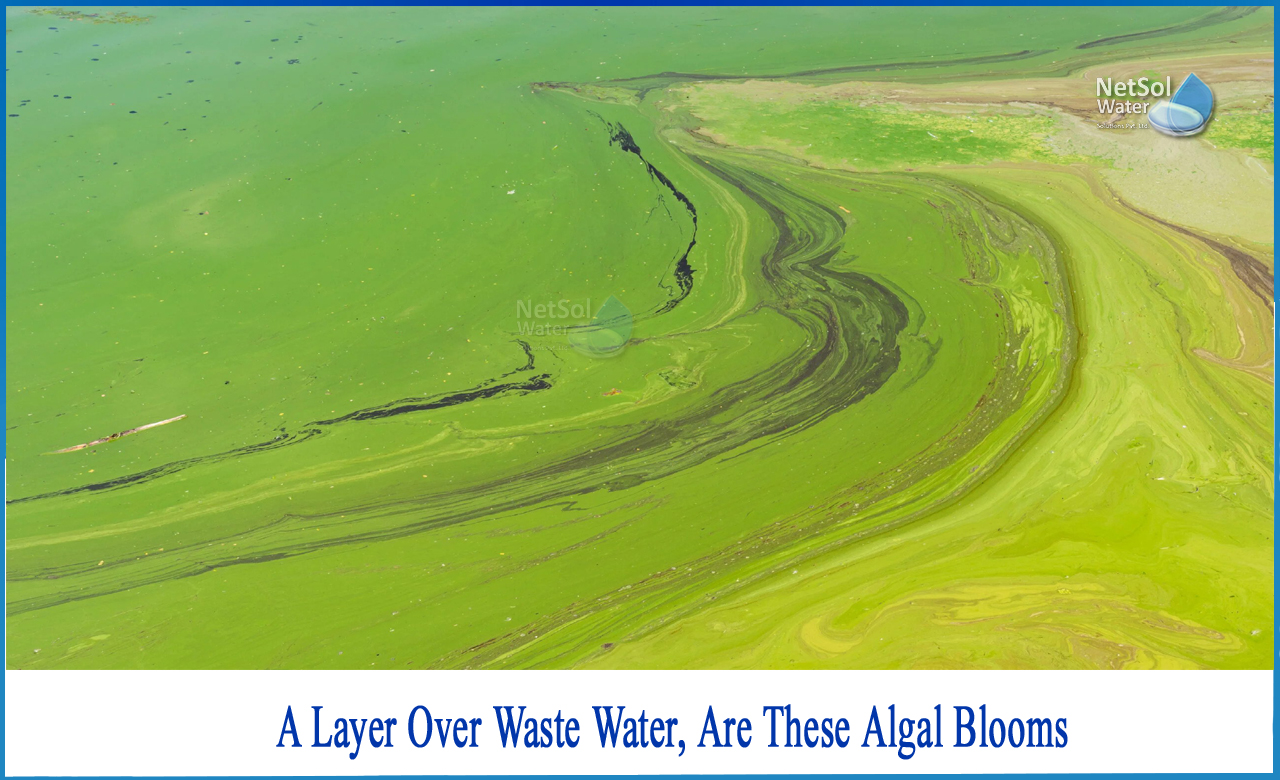Overview
The world's water resources are under attack, and wastewater treatment plants are frequently the first to be called into action to combat this danger.
Algae is the invading organism. According to many scientists, the growth of algal blooms is one of the most dangerous dangers to the earth's ecosystems. Aside from turning lakes and even sluggish rivers into slimy green (or blue, red, or brown) messes, algae rapidly degrades the aquatic ecosystem, depleting oxygen, obstructing sunlight, and producing dead zones where nothing can thrive. They contaminate drinking water supplies by releasing taste and odour chemicals into the water, rendering the water unpleasant.In certain circumstances, the metabolites they emit are poisonous, even lethal, limiting recreational activities, killing pets, cattle, and animals, and even shutting off drinking water sources entirely.
What is the definition of Algal Bloom?
An algal bloom, also known as an algae bloom, is a fast rise or build-up of algae populations in freshwater or marine water systems or even wastewaters. The colouring in the water caused by the algae's colour is commonly used to identify it. The word algae refers to a wide range of aquatic photosynthetic organisms, including both macroscopic multicellular species such as seaweed and tiny unicellular creatures such as cyanobacteria. Algal blooms are typically used to describe the fast proliferation of tiny unicellular algae rather than macroscopic algae.
Algal blooms occur when a nutrient, such as nitrogen or phosphorus, from fertilizer runoff enters the aquatic system and causes excessive algae growth. An algal bloom has a wide-ranging impact on the ecology. The consequences range from benign feeding of higher trophic levels to more detrimental impacts such as obstructing sunlight from reaching other creatures, causing oxygen depletion in the water, and, depending on the organism, secreting poisons into the water.
Cutting off algae's phosphorus source
The wastewater treatment plants weapon is hunger, which deprives them of the phosphorus they require to flourish.
Phosphorus is one of the elements that contributes to the development of toxic algal blooms at levels as low as 0.1 mg/l, therefore controlling phosphorus levels is thought to be the key to restricting algal growth. Communities affected by algal blooms seek measures to limit phosphorus runoff into their watersheds. As a starting move, they are petitioning regulators to put strict limitations on wastewater treatment emissions.
According to an earlier survey, 29 percent of large wastewater facilities and 8 percent of non-major wastewater facilities reported phosphorus limitations. If you are one of these institutions fighting algae, you understand how tough it may be to reach these low phosphorus levels.Because biologically bound phosphorus is easily released into your water, biological treatment, even premium uptake, is insufficient. To ensure compliance, chemical treatment is required.
Conclusion
Netsol Water aid in the reduction of nitrogen and phosphorus, which is an essential technique of reducing hazardous build-up in water. This decreases sludge volume by creating denser sludge, improves clarifier performance, and lowers disposal costs, all while attaining dependable, low discharge levels with total control and an affordable, simple solution.
Netsol Water is Greater Noida-based leading water & wastewater treatment plant manufacturer. We are industry's most demanding company based on client review and work quality. We are known as best commercial RO plant manufacturers, industrial RO plant manufacturer, sewage treatment plant manufacturer, Water Softener Plant Manufacturers and effluent treatment plant manufacturers. Apart from this 24x7 customer support is our USP. Call on +91-9650608473, or write us at enquiry@netsolwater.com for any support, inquiry or product-purchase related query.



